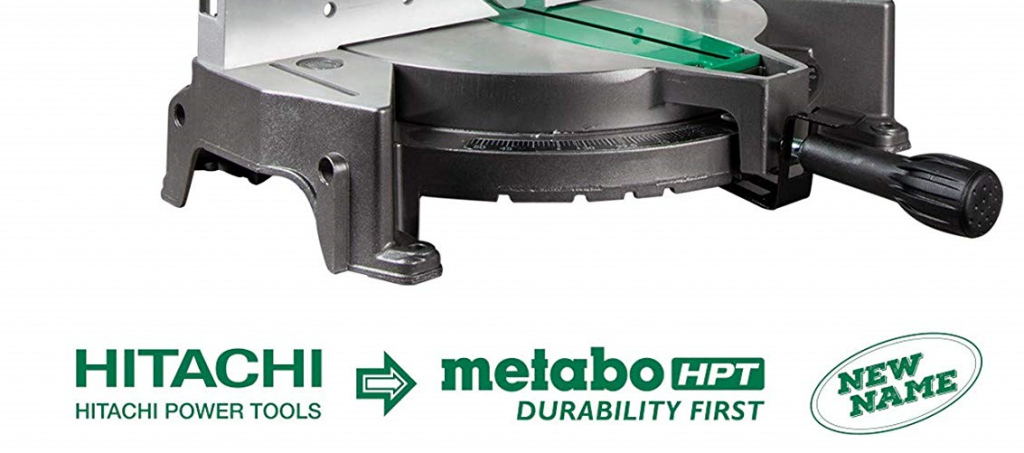Trademark owners develop goodwill associated with their trademarks by using the trademarks in connection with goods/services. Therefore, a name change risks loosing all the goodwill associated with the prior name in the marketplace. One way to mitigate this risk of loss is to use the old and new name together for a time. This will inform the marketplace that the new name is associated with the old. Hopefully some of the goodwill and recognition will transfer to the new name.
Recently Hitachi Power Tool rebranded as Metabo HTP. You can see the rebranding notice that was previously used below a miter saw in this Amazon listing:

This notice is very direct, providing a narrow to the new name and including the words “New Name.” They didn’t have to use “New Name”, but they did to be even more direct beyond the arrow.
You don’t have to use the “New Name” words. You could say Trademark A is now Trademark B. There are a number of options for trying to transfer the goodwill to a new name by using the old and new names together.
Unless the old brand is trying to escape a negative reputation by rebranding, the use of both the new and old trademark together for a time is a good method to try to transfer the goodwill and brand recognition developed under the old trademark to the new trademark.